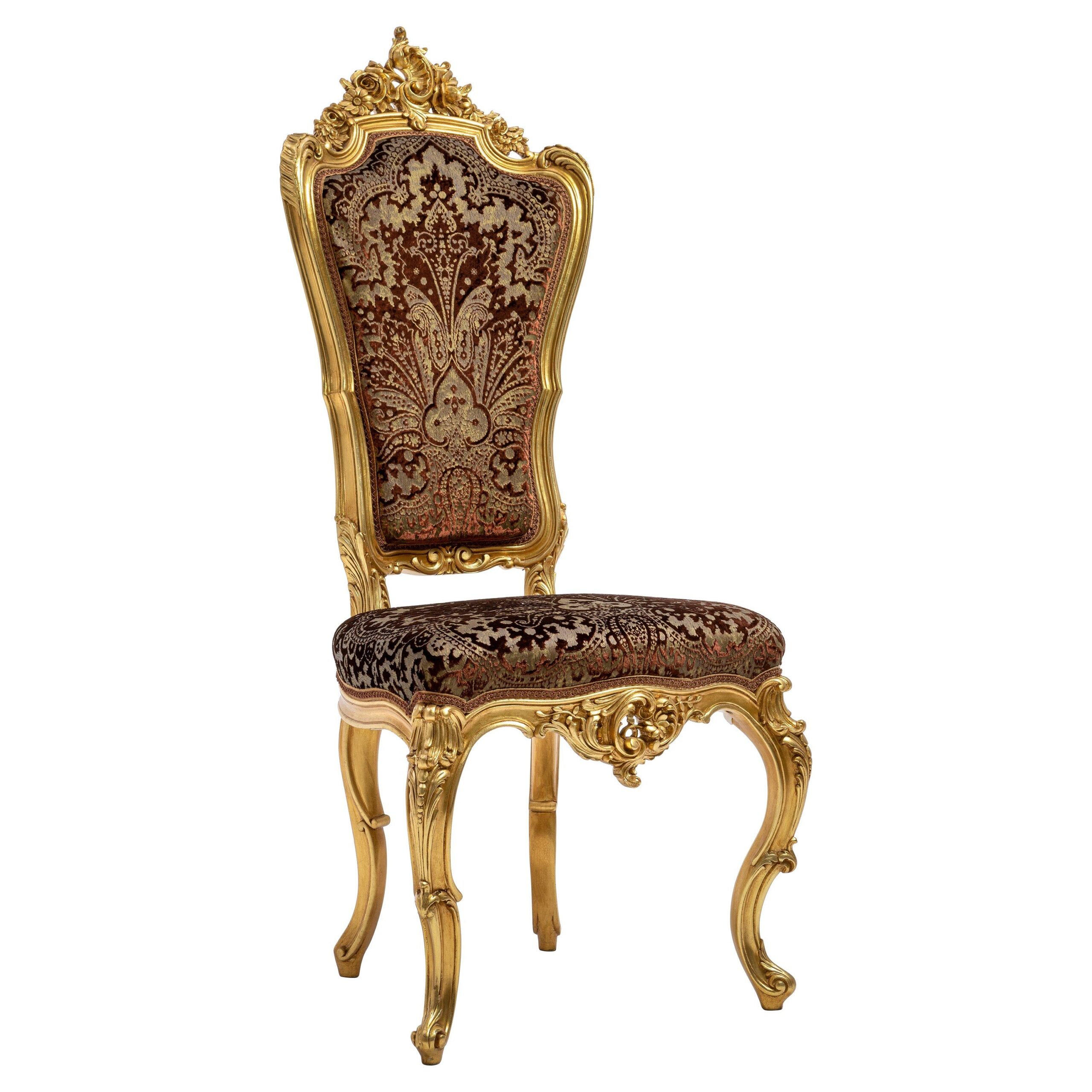
Baroque furniture refers to the ornate and elaborate style of furniture that was popular in Europe during the Baroque period, which spanned from the late 16th century to the early 18th century. Characterized by its grandeur, opulence, and intricate detailing, Baroque furniture often featured bold and exaggerated designs, intricate carvings, gilding, and elaborate scrollwork. Common materials used in Baroque furniture included richly stained woods such as mahogany, oak, and walnut, as well as luxurious fabrics like velvet and silk for upholstery. The furniture was designed to be both functional and aesthetically pleasing, with a focus on creating pieces that exuded wealth and sophistication. Some of the most iconic examples of Baroque furniture include heavily carved cabinets, ornate chairs and sofas, grandiose beds with elaborate headboards, and luxurious dressing tables. Today, Baroque furniture remains highly sought after by collectors and interior designers for its timeless beauty and historical significance.
Baroque furniture is known for its ornate designs and intricate details that were popular during the 17th and 18th centuries in Europe. This style of furniture was a reflection of the grandeur and opulence of the Baroque period, which was characterized by lavish art, architecture, and fashion. Baroque furniture was often made of rich, luxurious materials such as gilt wood, marble, and velvet, and featured elaborate carvings, gilding, and decorative elements.
One of the key features of Baroque furniture is its dramatic and extravagant style, which was meant to impress and awe onlookers. Pieces such as cabinets, tables, chairs, and beds were often oversized and adorned with intricate designs, such as scrolls, acanthus leaves, and cherubs. Baroque furniture was also known for its use of bold and vibrant colors, with red, gold, and blue being popular choices. The overall effect of Baroque furniture was one of luxury, sophistication, and grandeur.
In addition to its elaborate design, Baroque furniture also had a practical purpose. Many pieces were designed with functionality in mind, such as storage space, comfort, and durability. Cabinets and chests were often used to store valuable items, while chairs and sofas were made for lounging and relaxation. Despite its extravagant appearance, Baroque furniture was also meant to be functional and practical for everyday use. The combination of ornate design and practicality made Baroque furniture a popular choice for the elite classes of Europe during the Baroque period.
 Decoration Ideas
Decoration Ideas










